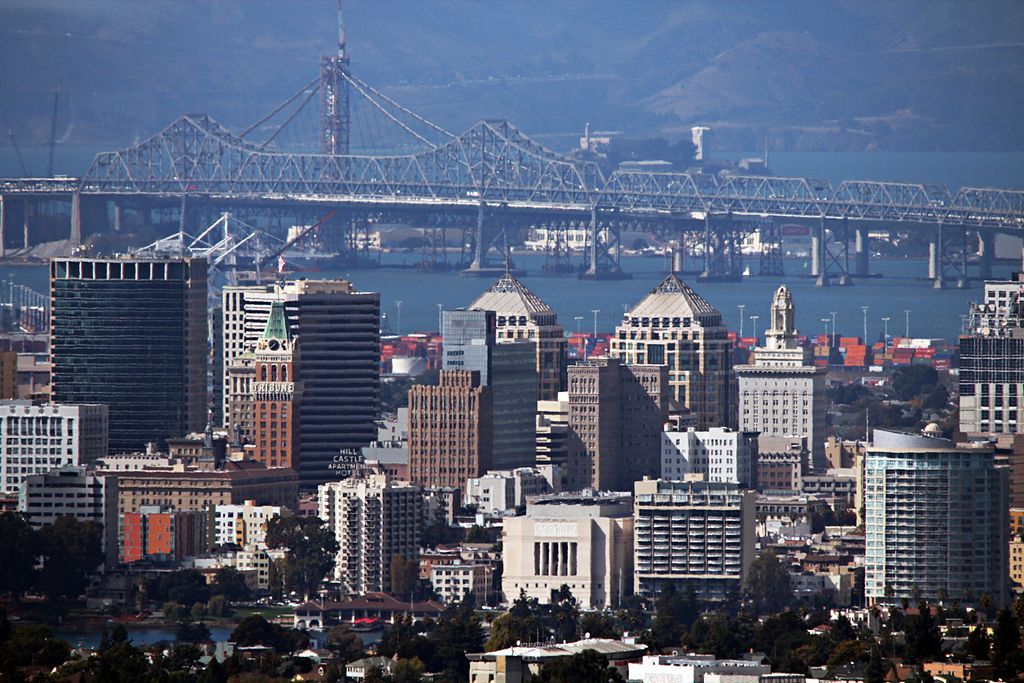Silicon Valley at Home (SV@Home) Deputy Director Pilar Lorenzana responded to questions from Marisa Kendall of the San Jose Mercury News regarding a new report from Zillow that highlights how race impacts Bay Area home buyers.
See the original story at the San Jose Mercury News.
Black buyers struggle more to find housing in Bay Area, new report says
By Marisa Kendall
It’s tough to buy a home in the Bay Area these days, but the prospect is especially daunting for black and Hispanic households, according to a new report Tuesday that highlights the role race plays in the region’s affordable housing shortage.
Last year black home buyers could afford just 10 percent of the San Jose-area houses on the market, and Hispanic buyers could afford 12 percent — while white buyers could afford 42 percent and Asian buyers could afford 46 percent, according to a Zillow analysis. The disparity was even more pronounced in the San Francisco area and East Bay, where black buyers could afford just 5 percent of homes on the market last year, Hispanic buyers could afford 22 percent, Asian buyers could afford 48 percent and white buyers could afford 53 percent.
The numbers add another layer of complexity to the housing crunch that has pushed prices out of reach for many local residents.
“There are still huge economic divides between different racial groups,” Zillow senior economist Skylar Olsen said. “These persist, and have persisted for generations.”
Nationally, black home buyers could afford 55 percent of available homes last year, compared with 65 percent for Hispanic buyers, 78 percent for white buyers and 85 percent for Asian buyers.
Zillow based its analysis on the median salaries for each demographic, which tended to be lower for black and Hispanic households than for white and Asian ones. In the San Jose metro area, the median household income for black families was $67,451, meaning they could buy a house for up to $442,044 without spending more than the recommended 30 percent of their salary on a mortgage. The analysis factors in a 20 percent down payment, but does not include property taxes and other expenses.
The median salary for Hispanic households in the San Jose area was $73,183 — giving them access to homes selling for up to $479,609. The median salary for white households was $125,076, allowing those families to afford a home priced as high as $819,697. The highest median salary was for Asian households — $132,117 — allowing them to buy a home priced selling for up to $865,842.
Those numbers reflect a legacy of decades of now-defunct racist policies that have created generation after generation of disadvantaged black and Hispanic families, said Pilar Lorenzana, deputy director of pro-affordable housing organization SV@Home. As a result, race is closely tied to income and home ownership, she said, which makes building affordable housing a question of racial equality.
“When we don’t create communities that allow people of all incomes to live in our community, then we are reinforcing racial stereotypes,” she said.
In 2016 in the San Jose metro area, 30 percent of black households owned their homes, compared to 40 percent of Hispanic, 59 percent of Asian and 65 percent of white households, according to Zillow. In 2007, 36 percent of black households owned their home, compared to 50 percent of Hispanic, 59 percent of Asian and 69 percent of white households.
In a region where a home is often a household’s biggest investment, families who aren’t able to buy one face a major disadvantage, Olsen said.
“If you don’t have access to home ownership,” she said, “then you’re not able to pass that wealth on, and it becomes a long-term intergenerational issue.”
That can impact the entire community, as more black and Hispanic families are forced to leave the Bay Area in search of cheaper housing, Olsen said.
“Your population and your communities become much more homogenous over time,” she said.
The nine-county Bay Area’s black population already is dwindling — from 9 percent in 1980 to 6.7 percent in 2010 — making it among the lowest of any large metro area in the U.S. — according to census data compiled by the Association of Bay Area Governments.
Many residents of color have been displaced from the Bay Area but continue to commute here for work, Pilar said.
“The brown people, the black people and the communities of color have not gone away,” she said. “They still work our jobs. We just have decided that they can’t live where they work.”

